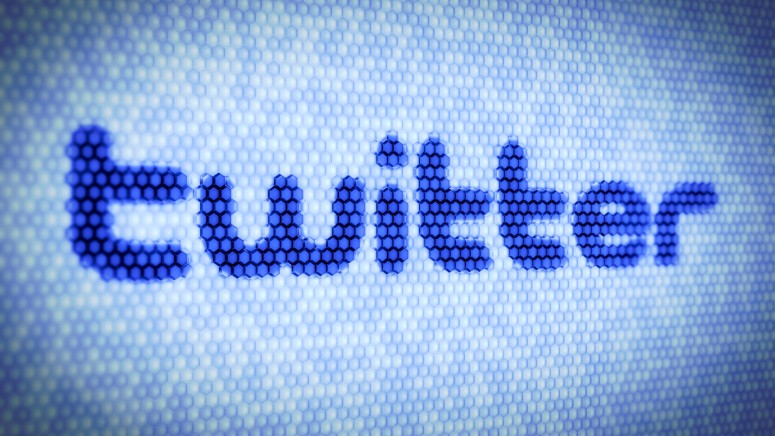
Twitter Will Now Preserve Quality and Sharpness on Uploaded JPEG Images
- Twitter will treat JPEG uploads with better care, not converting or down-scaling them.
- Hopefully, new photography communities will form, and users will engage more with the uploads.
- Zooming, PNG support, and protection against steganography are still pending clarifications.
Twitter’s Nolan O’Brien has announced that starting today, the popular social media platform will preserve the JPEG encoding in the images that are uploaded by the users, making everything look great. This will have a noticeable improvement in the overall quality and sharpness of the JPEG images, as there will be no conversion to another format, scaling down, etc. Of course, the preview images will follow a light-loading approach, so they will be smaller than the original as anything else would cause annoying latency when the user browses the post feed.
Starting today, Twitter will preserve JPEGs as they are encoded for upload on Twitter for Web. (Caveat, cannot have EXIF orientation)
For example: the attached photo is actually a guetzli encoded JPEG at 97% quality with no chroma subsampling.https://t.co/1u37vTopkY pic.twitter.com/Eyq67nfM0E
— Nolan O'Brien (@NolanOBrien) December 11, 2019
As O’Brien also clarified, this new system will be gradually rolled out to other categories of images, like user avatars for example. Another clarification is that Twitter will only retain the bitmap encoding and not the metadata of the uploaded images. Whatever EXIF data is there, gets stripped and discarded. This is mainly done to protect the privacy of the file creator or the photographer, as that metadata can contain location data and other sensitive information. Nothing was stated about other popular image filetype formats such as the PNG, but they will likely follow the same handling in the near future.
It is apparent from the above that Twitter wants to become more photo-friendly for users who want to upload crisp-quality images. This could spark the generation of photography-themed communities in the platform, help engage more users with great-looking tweets, and generally bring the media fidelity to today’s standards. Some people are also wondering about zooming features without having to open the image to a new tab, but this hasn’t been implemented on Twitter yet, so this practice is going to stay the same for now.
Another thing that hasn’t been clarified is what the platform is doing about steganography in images, and if this is affected now with the latest changes on how the encoding is handled. A year ago, we covered a story about Twitter discovering such images on user posts only after the hackers had successfully exploited others, accusing Chinese and Saudi Arabian hacking groups. Back then, the malware code was discovered with the help of Trend Micro researchers, and Twitter hasn’t provided a report about what they’re doing to tackle this problem and to minimize the risk for the users since then.
Are you excited about Twitter’s latest announcement in regards to the image quality, or is it an entirely worthless feature for you? Let us know in the comments down below, or on our socials, on Facebook and Twitter.





